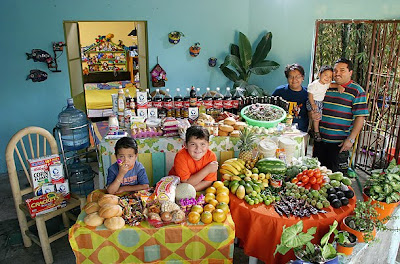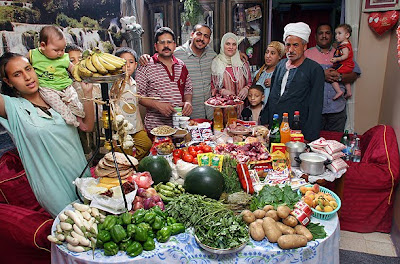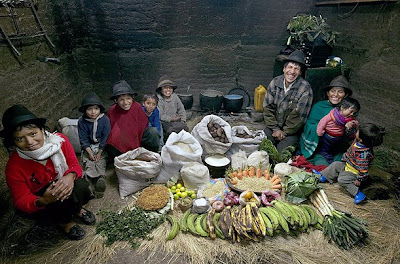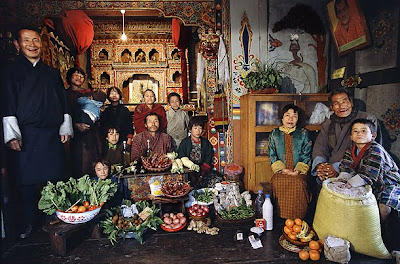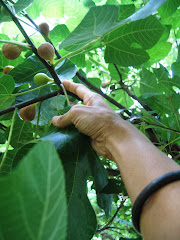
“What’s your favorite thing to do when you have free time?” I questioned the kids at a Youth Camp. You would be surprised to know that over 50% of the girls (and many boys) answered “Shopping.” When we discussed what they liked to shop for, most of them said clothing.I was not a bit surprised. We Punjabis have an obsession for shopping for clothes. It is one thing that has not changed over generations. Sometimes we go beyond our means to show off our collection and to be up to par with the current trends. When I asked the kids what they did with the clothing they didn’t wear anymore, thankfully a lot of them said they gave them to the poor. Yet a significant number of them just discarded them in trash. It made me and some other earth-conscious kids unhappy. We talked about why.

Until a decade or so ago, I was one of those people who would run to the mall to kill my free time or combat my loneliness. Then something happened. There was a community project that I got involved with helping people who did not have food, clothes or shelter. It required time and a lot of money. Where would this money come from? As I walked out of a mall, I thought about the project, and I looked at my shopping bag. They were full to the brim with luxuries, not necessities; and even though I had spent $200, I had not purchased the one item I had come to the mall for. And there, was the answer to my question! I decided that I would stop visiting malls for the whole year and use that money and time for my project. If I absolutely needed anything in the meanwhile I would go online and buy it.

You wouldn’t believe how much money and time I saved: over $1500 in one year. That made a lot of needy children very happy. In addition, I got way more satisfaction spending my time with the needy families than I had visiting shopping malls. For my project I would have to visit this consignment shop (it’s a name for shops that recycle gently used clothing in a great condition and sell it for really low prices) where I would buy clothes for the families that I had adopted. And guess what? I found such cute clothing (sometimes good brand names) at a fraction of the mall prices, that occasionally I found something to meet my own clothing needs.
Furthermore, since my closet was already overflowing, I became a supplier to the shop by
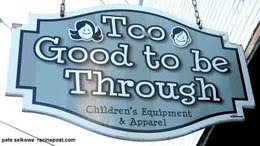
donating and completing the cycle.At first, I was a little hesitant wearing used clothing, but then when I realized that by being a part of the consignment cycle (both by donating and using) I was helping the environment, I was gladly a part of it.
How do consignments save the environment? Consider this: Most clothing is made from cotton and we usually don’t see cotton as a "dirty" (not- environmentally friendly) product like plastics, but cultivating cotton involves high amounts of fertilizers, herbicides and pesticides accounting for approximately 20% of all chemicals applied in agriculture. Further, more chemicals are used

in the bleaching and dyeing. Finally, in every stage of cotton (from growing it to processing it) water use is intensive - often in areas of the globe where water is not in plentiful supply. If the clothing is going to end up in a landfill after a couple of outings, it represents a huge waste of environmental resources as well as pollution of the earth.Another advantage to buying consignment clothes is that after clothing that has been washed a few times, any excess dyes and chemicals that your skin could be absorbing are gone. So, in short, the older the clothing, the healthier it is.
Finally, consignment supplying and buying lets you help the local economy by being a part of the economic cycle. Most shops employ locals and provide job training to otherwise unemployed people. So kids, it’s okay to dress cool but do consider being a part of the consignment circle. Donate or sell your unused clothing and consider buying from these shops, too. You will not only be helping the environment; you will be saving money that can be more meaningfully spent. It is not too early for you to get engaged in community projects and help out the underprivileged. Many kids your own age need your help.
One aspect of a Sikh’s life demands that we give the utmost reverence to the environment while heeding the needs of the less fortunate. Consignment shopping is just one practical way to live our ethical values; we can conserve our planet’s resources and simultaneously do seva for our fellowmen.

Visit our
Create section, to see Coloring Pages which include Guru Ji says...
And lastly, don’t be shy to share with your friends where your next ‘Green Jeans’ came from and how the money saved went to help a poor kid buy his books or even his meals for a month. That is one cool thing to share.To search for consignment shops in your area visit
http://consignmentshops.com/Interested in more green thoughts by Gurmeet Aunty ?
Visit
http://www.sikhfoundation.org/read/





